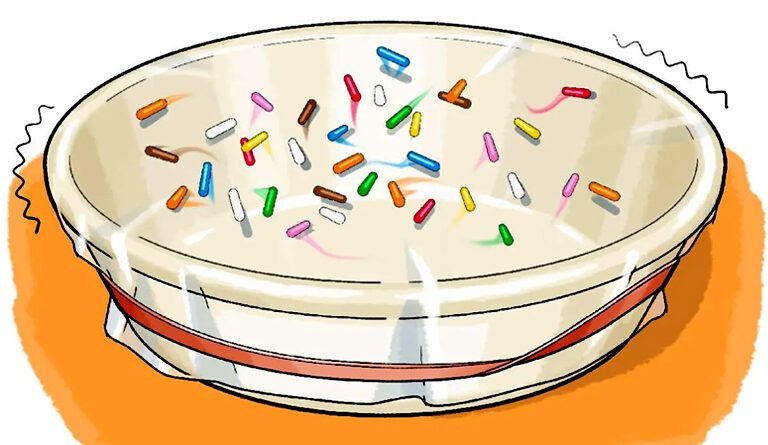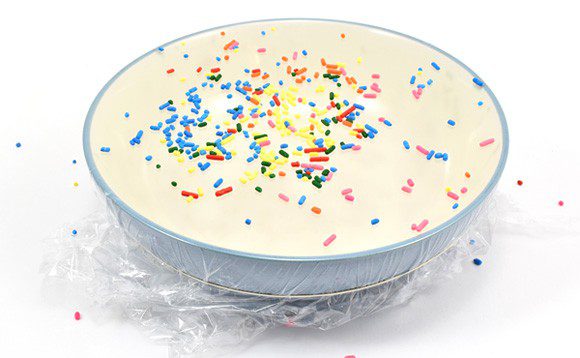Echoes, Vibrations, and Voices: Uncover the Hidden World of Sound
Sound Experiment For Class 9
Curiosity Questions
-
Can you “see” sound without hearing it?
-
Why do we hear echoes in some places but not in others?
-
How does sound travel through different materials like air, string, or metal?
STEM Challenge Introduction
Sound is all around us but it’s often invisible. In this STEM challenge, you’ll explore the behavior of sound through exciting, hands-on experiments. First, you’ll test how sound reflects using an echo tube. Then, you’ll actually “see” sound vibrations using rubber bands and metal plates. Finally, you’ll construct a basic stethoscope or string telephone to understand how sound travels. These experiments will help you experience the invisible energy of sound in visual and physical ways.
Materials Required
Echo Tube (Reflection of Sound)
-
1 long cardboard or PVC tube (around 1.5 to 2 meters).
-
Stopwatch or timer.
-
A small object to create a sharp sound (like a balloon pop or metal tap).
Sound Vibration with Rubber Bands and Metal Plates
-
Rubber bands (various sizes).
-
Empty tissue box or shoe box.
-
Metal plate (a small baking tray or a steel lid).
-
A few grains of rice or salt.
DIY Stethoscope or String Telephone
-
2 paper cups or plastic cups.
-
String (around 1.5–2 meters, cotton string works well).
-
1 balloon (for stethoscope version).
-
Scissors, tape.
-
Funnel (optional for stethoscope version).
Eco-friendly Tips:
-
Use recycled cardboard tubes and boxes.
-
Repurpose string or cups from old materials.
-
Use biodegradable string and paper cups.
Safety Precautions
-
Handle scissors with care.
-
Avoid very loud noises near ears to prevent hearing damage.
-
Ensure supervision when working with long tubes or sharp objects.
Step-by-Step Process
Echo Tube
-
Place the tube against a flat wall in an open, quiet area.
-
Clap, tap metal, or pop a balloon at the tube’s open end.
-
Listen carefully for the echo and use a stopwatch to time the delay.
-
Move the tube at different angles and distances to test how it affects the echo.
Sound Vibration Visualization
-
Stretch rubber bands over the tissue box opening to create a makeshift instrument.
-
Pluck the bands and observe how they vibrate to make sound.
-
For the metal plate, sprinkle grains of rice or salt on the surface.
-
Strike the edge of the plate lightly observe how the grains jump from vibration.
String Telephone or Stethoscope
String Telephone
-
Poke a small hole in the base of each cup.
-
Thread string through each hole and tie knots to hold it in place.
-
Pull the string tight and speak into one cup while the other person listens.
DIY Stethoscope
-
Cut the balloon and stretch it over the mouth of a funnel or cup.
-
Secure it with tape.
-
Hold the funnel end against your chest or table and listen for faint vibrations.
Expected Outcome
Students will experience the reflection of sound as an echo in the tube. They will observe visible sound vibrations in the rubber bands and grains on metal. The string telephone will clearly transmit sound, and the stethoscope will amplify internal or surface vibrations.
Observation
-
Did the sound reflect better in some directions or tube positions?
-
What happened to the grains or rubber bands when sound was produced?
-
How did tension in the string affect the clarity in the string telephone?
STEM Concepts Behind It
Science: Sound is a mechanical wave that travels through air, solids, and liquids. It reflects off surfaces and causes particles to vibrate.
Technology: Devices like stethoscopes, microphones, and sonar use sound behavior.
Engineering: Designing sound systems or echo chambers involves material science and spatial geometry.
Math: Time delay in echoes and frequency of vibration can be measured and calculated.
Concept Elaboration
Sound is energy that travels in waves. These waves reflect, vibrate objects, and travel through materials. The echo experiment demonstrates reflection and travel time. Vibrating bands and plates show energy transfer, while the stethoscope or string telephone reveals transmission of sound through solids. Engineers and designers use these properties to build effective communication and medical devices.
Real-Life Applications
-
Sonar systems in submarines use sound reflection
-
Ultrasound scanning in medicine uses sound waves
-
Seismographs detect underground vibrations
-
Acoustic engineers design soundproof rooms and concert halls
-
Stethoscopes help doctors hear internal body sounds
Your STEM Challenge
Design a multi-line string telephone system for 3-4 people. Can you create a “conference call” model? Or build a simple echo locator using tubes at different angles to detect where the sound comes from.
Think Further & Explore More
-
How does the speed of sound change in air, water, and solid materials?
-
What causes sound to be absorbed in some places but reflected in others?
-
Can you build a sound amplifier using only household materials?
-
Explore how noise-canceling headphones work using sound wave interference
This experiment shows that sound is not just something you hear it’s something you can feel, see, and even design with. Keep exploring the science of sound and discover how it shapes the world around us.
Watch Here – Simple Circuit making by TinkerCAD Video
Click here – Force and Pressure Experiment For Class 8


